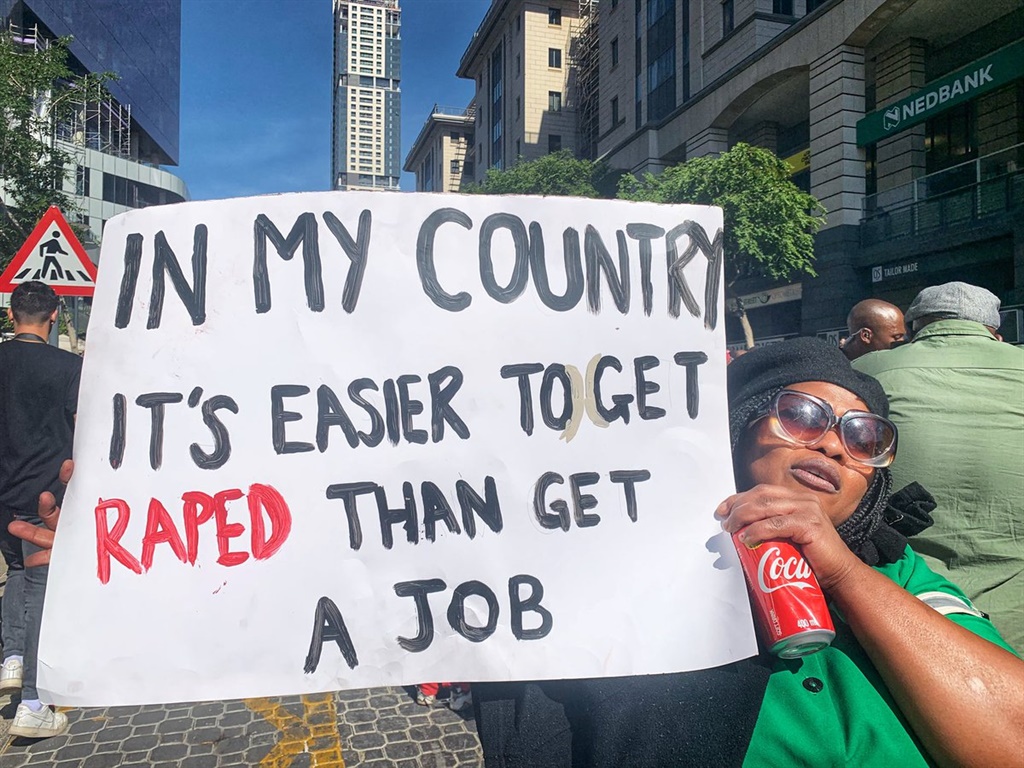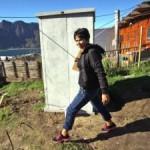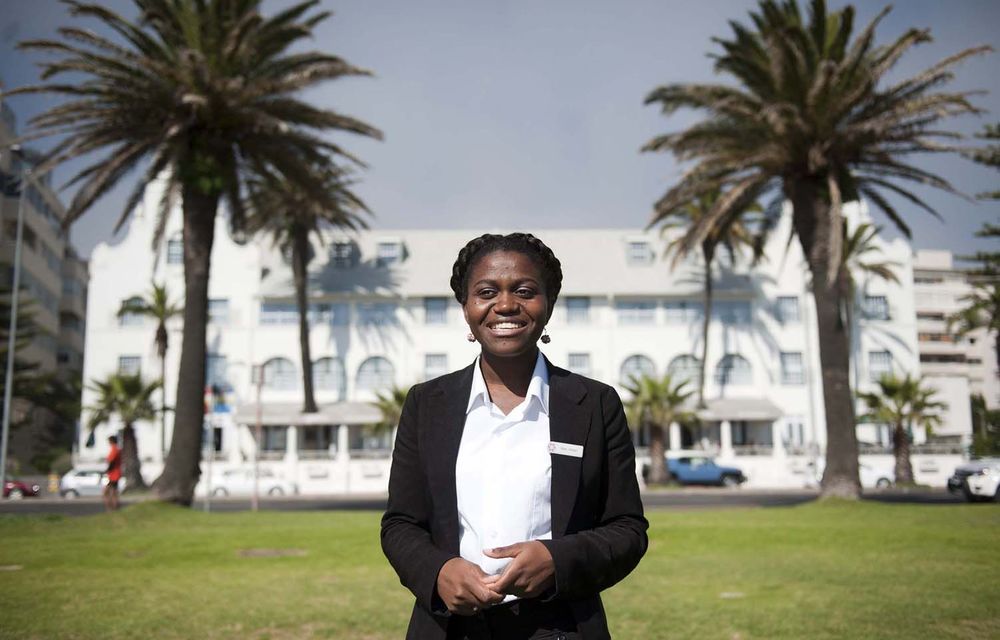
South Africa is currently awash in commissions of inquiry. There’s the ongoing and perhaps never-ending Marikana Commission. Today we read there’s to be a new commission of inquiry into the Tongaat mall collapse, last November. And there’s the Khayelitsha Commission of Inquiry into allegations of police inefficiency in Khayelitsha and a breakdown in relations between the community and police in Khayelitsha.
While women are significant participants in the Marikana and the Tongaat events and commissions, women are in many ways the subjects of the Khayelitsha Commission. This is not surprising, given the nature of the inquiry. The Commission’s mandate isn’t to get to the bottom of a tragic event, but rather to investigate and get to the texture of decades long dissolution of everyday life.
In the 1980s, the State built Khayelitsha and has continued to do so ever since. Part of this construction has involved the establishment of a State of sexual tyranny. That State of sexual tyranny has come forth in the testimony of Khayelitsha residents to the Commission.
The Commission began in response to a complaint lodged by the Women’s Legal Centre, representing the Social Justice Coalition, Treatment Action Campaign, Equal Education, Free Gender, Triangle Project, and Ndifuna Ukwazi. That complaint was lodged in 2012. The Social Justice Coalition had been organizing hard for two years prior for an investigation into the situation of justice administration in Khayelitsha. As the complaint noted, “Since 2003 the civil society organisations have held more than one hundred demonstrations, pickets, marches and other forms of protest against the continued failures of the Khayelitsha police and greater criminal justice system. The organisations have also submitted numerous petitions and memorandums to various levels of government in this regard. There have been sustained and coordinated efforts from various sectors of the Khayelitsha community for action to be taken by government agencies, including the police, to improve the situation.”
For over a decade, intensifying police incompetence, corruption, violence, and disregard for the local population went hand in hand with `vigilante justice’. In 2012 alone, 20 `vigilante’ collective killings were reported in the area. The struggle for space and for citizenship was running with blood and smoke. In the struggle for safe space and full citizenship, women, again, have been key. As the Women’s Legal Centre complaint noted, “Girls and women are frequently beaten and raped whilst walking to and from communal toilets or fetching water from communal taps close to their homes, while domestic abuse poses a threat to the safety of many women within their own homes. Between March 2003 and March 2011 there has been a 9.36% increase in the number of reported sexual crimes reported in Khayelitsha.”
Throughout the decades, women have kept their eyes on the prize. Khayelitsha is home. They should be able to live, and love, at home without fear of violence. Their children, partners, parents, friends, neighbors should as well. Through the use of public funds and private security forces, Cape Town has established `improvement districts’ … in the central city, inner southern suburbs, Sea Point and Green Point. Not in Khayelitsha. The women know that, and they don’t accept it.
Funeka Soldaat, founder of Free Gender, recounted her story of being raped, because she is lesbian, in 1995. She went to one police station, where nothing happened. Finally, without her statement being taken, she was taken to a hospital and dumped outside. The hospital said she needed a statement, and so she walked to Khayelitsha Site B police station, all of this right after having been raped. There she was treated disrespectfully, she felt because of her sexual orientation, and no statement was taken. Finally, literally barefoot, she walked home and went to sleep. The rest of the story is pain, healing, organizing. As to the police: “Khayelitsha police appear to lack the energy, will and intent to provide a service to LGBT [people].”
Malwande Msongelwa described what happened when she found her brother, stabbed to death at a bus stop. She called the police, and they didn’t come. She called again, and they finally came, but did nothing. Worse, they refused to get out of their cars: “The police do not care about people… [they] will only come out if there are drugs. Then they will come out with 10 cars …They do not even care if you are injured… If the ambulance hasn’t arrived they won’t touch you. They wait in their car… I don’t trust the police.” Her brother lay on the ground for six hours. The crime scene was never investigated.
The stories continue. Ms. Nduna describes how a police van hit and dragged one of her children. This was the fifth child in the area to suffer harm, and worse, at the hands of a police vehicle. What happened? “We buried and there was nothing still.”
The harrowing stories of violence, of police inaction and worse, of vigilante action and worse, occur in a framework of radical hope. Phumeza Mlungwana, Secretary General of the Social Justice Coalition, put it simply and directly: “Most of Khayelitsha is policeable.”
Witness and after witness explained that lights, presence, a diversity of site appropriate techniques, a committed and engaged and respectful police force are what are called for. It’s not rocket science, and it’s not impossible. The women of Khayelitsha know that. They know, from experience, that when the work of struggle accompanies the work of mourning, they can make things happen. The Commission itself is a step along that path. The struggle continues.
(Photo Credit: Kate Stegeman / Daily Maverick)






